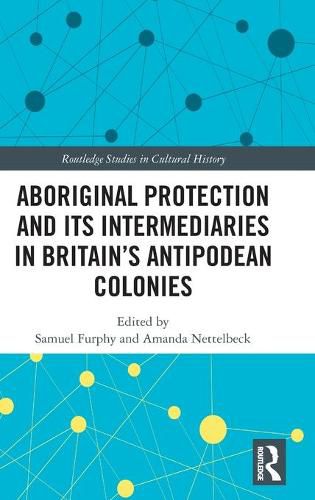Readings Newsletter
Become a Readings Member to make your shopping experience even easier.
Sign in or sign up for free!
You’re not far away from qualifying for FREE standard shipping within Australia
You’ve qualified for FREE standard shipping within Australia
The cart is loading…






This collection brings together world-leading and emerging scholars to explore how the concept of protection was applied to Indigenous peoples of Britain’s antipodean colonies. Tracing evolutions in protection from the 1830s until the end of the nineteenth century, the contributors map the changes and continuities that marked it as an inherently ambivalent mode of colonial practice. In doing so, they consider the place of different historical actors who were involved in the implementation of protective policy, who served as its intermediaries on the ground, or who responded as its intended beneficiaries. These included metropolitan and colonial administrators, Protectors or similar agents, government interpreters and church-affiliated missionaries, settlers with economic investments in the politics of conciliation, and the Indigenous peoples who were themselves subjected to colonial policies. Drawing out some of the interventions and encounters lived out in the name of protection, the book examines some of the critical roles it played in the making of colonial relations.
$9.00 standard shipping within Australia
FREE standard shipping within Australia for orders over $100.00
Express & International shipping calculated at checkout
This collection brings together world-leading and emerging scholars to explore how the concept of protection was applied to Indigenous peoples of Britain’s antipodean colonies. Tracing evolutions in protection from the 1830s until the end of the nineteenth century, the contributors map the changes and continuities that marked it as an inherently ambivalent mode of colonial practice. In doing so, they consider the place of different historical actors who were involved in the implementation of protective policy, who served as its intermediaries on the ground, or who responded as its intended beneficiaries. These included metropolitan and colonial administrators, Protectors or similar agents, government interpreters and church-affiliated missionaries, settlers with economic investments in the politics of conciliation, and the Indigenous peoples who were themselves subjected to colonial policies. Drawing out some of the interventions and encounters lived out in the name of protection, the book examines some of the critical roles it played in the making of colonial relations.